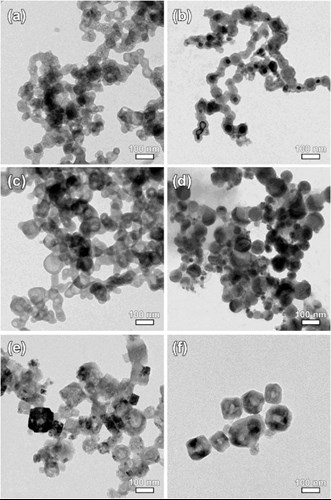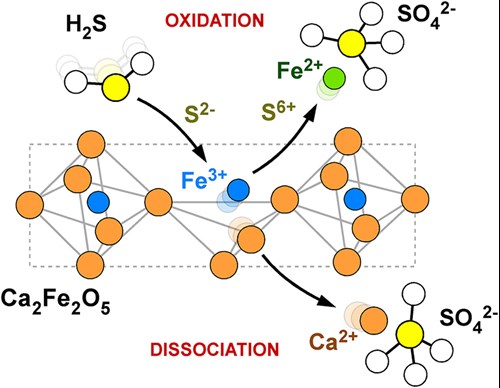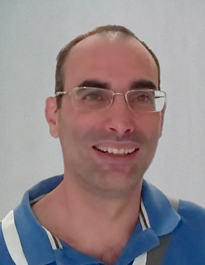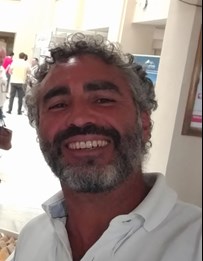Biogas desulfurization using solar-synthesized nanoparticles

Minimizing food wastes and finding a second life use for industrial residuals have become some of the top priorities of modern society. Our work considered the use of spent eggs and mussels shells, as well as marble dust, as raw sources to develop nanoparticles involving renewable resources in both their preparation and adoption in technological applications. Added-value nanoparticles consisting of Ca/Mg-based phases were developed by a solar-beam assisted vapor condensation method introducing residual eggshells, mussels shells and marble dust as raw materials.

TEM images of nanoparticles obtained after solar-beam evaporation of pure eggshells (a), mussels (b), and dolomite (c), compared to same samples including Fe powder (d–f). Copyright: The Authors.
“NFFA-Europe offered us a unique opportunity to identify the morphology of the developed nanosystems by combining their parallel elemental analysis and monitoring of the available magnetic response”, says Konstantinos Simeonidis.
This study showed that the obtained nanoparticles can be used as potential H2S adsorbents, able to purify biogas or natural gas and extend the operational lifetime of power generation facilities. The high efficiency of such nanoparticles is attributed to the increase in specific surface area and the neutralizing character of Ca/Mg phases against H2S decomposition. It was also found that the addition of iron goes one step further to improve the removal capacity by introducing a sulfur oxidation mechanism. Importantly, the magnetic response of the participating phases grants these nanoparticles the potential to engage in magnetic handling and separation during application in fluidized column bed configurations.

Hydrogen sulfide capture mechanism on the Ca2Fe2O5 nanoparticles. Copyright: The Authors.
https://www.sciencedirect.com/science/article/pii/S246860692300151X?via%3Dihub#fig2
Scanning electron microscopy carried out in the facilities of Institut de Ciencia de Materials de Barcelona, CSIC, Campus Universitat Autònoma de Barcelona, A08193 Bellaterra, Spain, was used to support this study. SQUID magnetometry measurements from the same institute were also obtained.

Konstantinos Simeonidis
Konstantinos Simeonidis is a postdoctoral researcher at the Analytical Chemistry Laboratory of the Chemical Engineering Department of Aristotle University of Thessaloniki, Greece. His background is in the field of nanotechnology, and he is particularly focused on the design, synthesis and engineering of nanoparticles oriented for water treatment and biomedical applications. Currently, he is the principal investigator of a national project on the development of advanced nanocomposites as adsorbents for water purification from hexavalent chromium (MagnoSorb). He participated in 17 scientific projects and has received another three fellowships for research studies. The results from his research have been published in 109 peer-review journals and several conference presentations, having received around 3100 citations (h-index 30). He is also an inventor on 9 national and international patents.

Carlos Martinez-Boubeta
Carlos Boubeta, a 48-year-old physicists, father-of-two, and a lover of rowing, has followed an unconventional path to his current job as an R&D researcher at the start-up Nanotech Solutions, a company that manufactures AC magnetometers. Galician with a Mediterranean soul, his mind wandered through the Universities of Santiago de Compostela in Zaragoza, and Complutense de Madrid (Spain). His seminal work in 2001, co-authored with the Nobel laureate Albert Fert at CNRS/Thales (Paris), boosted the study of tunnel junctions comprising MgO barriers for spintronics. He was a postdoc in INESC-Lisbon (Portugal) and the University of Thessaloniki (Greece), and a visiting researcher at AIST-Tsukuba and IBM San Jose (California). After working as a scientist-in-charge of the cleanroom facility at the Faculty of Physics of the University of Barcelona, in 2013 he took unpaid parental leave and remained a stay-at-home dad for almost 10 years. He has published around 60 research articles (h-index = 28). He is also a co-author of three book chapters and an inventor on a patent. With his experience in both thin films and nanoparticles, Carlos understands how to build bridges in biomedical and environmental applications.

